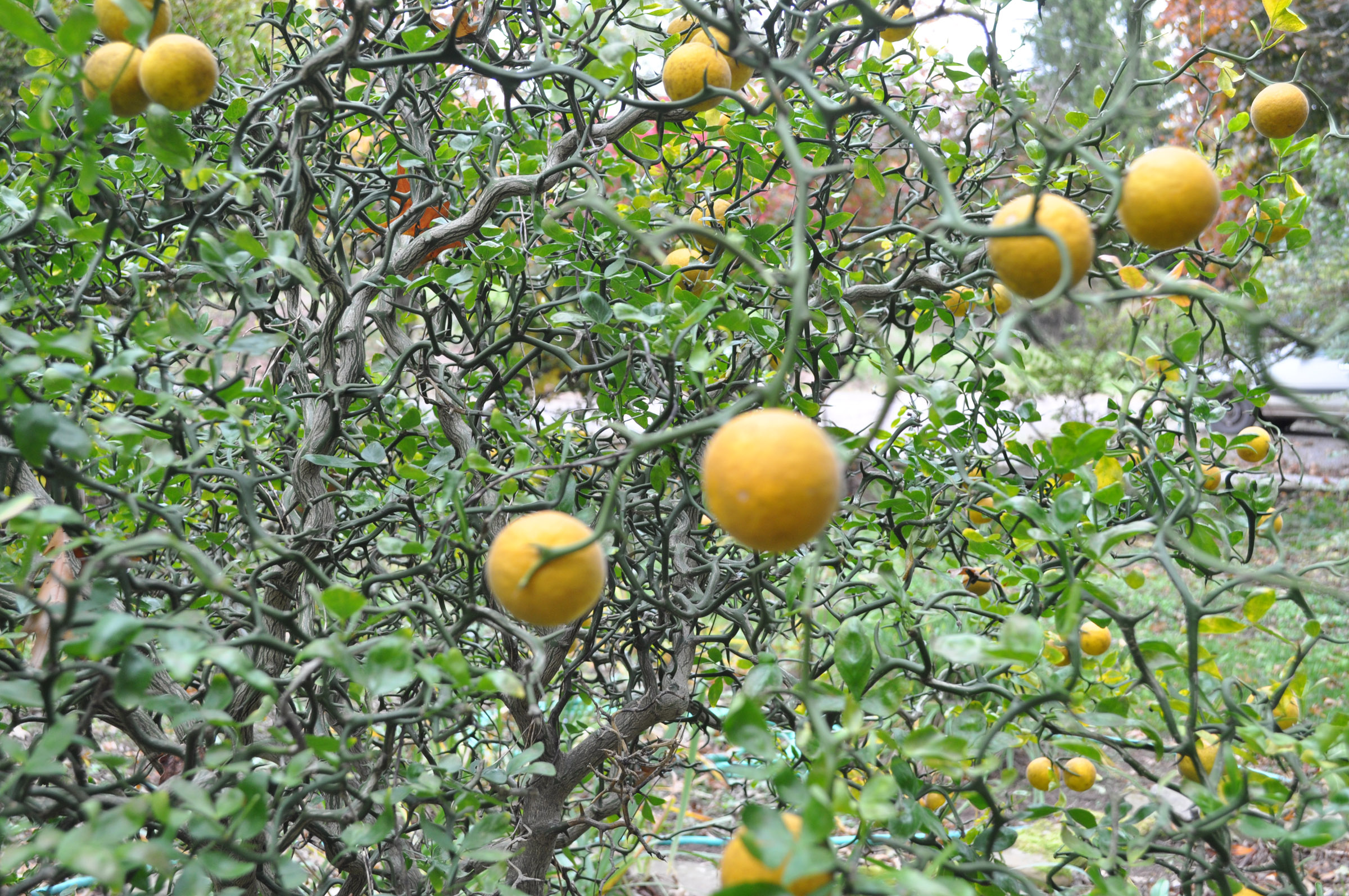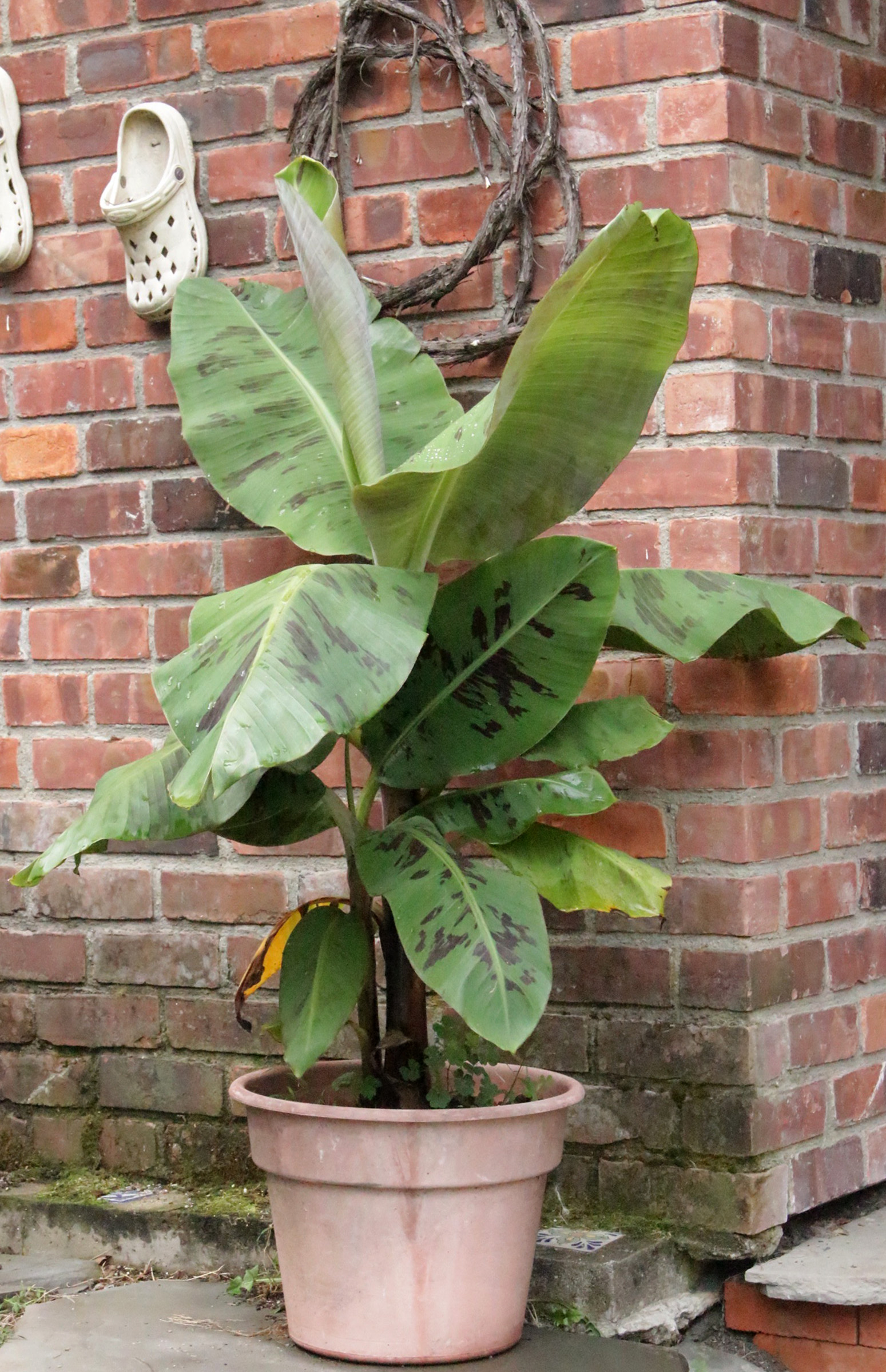ORANGES IN NY’S HUDSON VALLEY, OUTDOORS
/9 Comments/in Fruit/by Lee ReichFrightening, Beautiful, Edible
Right now, my hardy orange tree might look at its finest, standing at the head of my driveway against a pure white, snowy backdrop. An orange tree!? Outdoors with a snowy backdrop?! Okay, in all honesty, it’s a bush, not a tree. But it is an orange plant, and it does survive into Zone 5 outdoors. (Temperatures plummeted to 2° F a week ago, and coldest temperatures typically arrive around the end of this month.)
Botanically, the plant was Poncirus trifoliata. I write “was” because a few years ago, this citrus relative was welcomed closer into the citrus fold, with a new official name, Citrus trifoliata. Not all botanists recognize this closer kinship, and insist on keeping the plant in the Poncirus genus.
The kinship of hardy orange with other citrus is obvious from its glossy, forest green leaves, the sweet (but very slight) aroma of its flowers, and its fruits, which are pale orange. 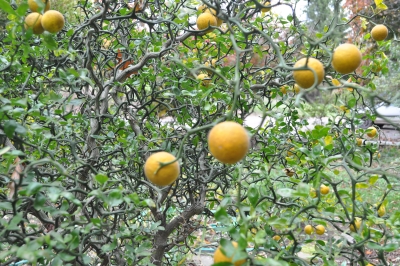 The fruits are edible but I wouldn’t bite into one; the flavor is orangish, but also sour and bitter. Perhaps I’d squeeze the pulp to add a hint of citrus flavor to some other cooked fruit or a baked good. Perhaps not.
The fruits are edible but I wouldn’t bite into one; the flavor is orangish, but also sour and bitter. Perhaps I’d squeeze the pulp to add a hint of citrus flavor to some other cooked fruit or a baked good. Perhaps not.
What I like best about this plant are its stems, which are most evident now, when bared in winter. Read more
GARDEN FRESH, STILL
/11 Comments/in Gardening, Vegetables/by Lee ReichGood Only in Theory?
The idea has merit: flowerpots of flavorful herbs decorating windowsills and providing savory additions to meals through the winter. A good part of last season’s garden is packed in the freezer and glistening jars of canned tomatoes line shelves in the basement. The greenhouse is offering a steady supply of lettuce, arugula, and other salad greens.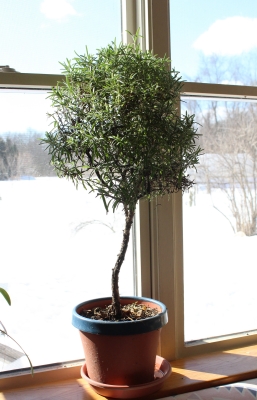
Still, I’m beginning to miss garden-fresh vegetables. Sprinkling some fresh chives on a pan of roasted potatoes might infuse the whole dish with freshness.
The problem is that chives doesn’t thrive on a windowsill, unless the windowsill is very, very sunny. Chives will grow well through the winter with artificial light, but that means a bank of lights permanently poised a few inches above the leaves — so much for the rustic charm of indoor potted herbs. And maybe my taste buds are dulled, but when I snip chives to add to a dish, I take a handful. The plant would need at least a few weeks to recover sufficiently to withstand another harvest.
The same could be said for growing parsley indoors; after each picking, you have to wait too long for another.
I haven’t thrown up my hands at the possibility of growing culinary herbs indoors through the winter. I just have to be very selective in what I grow. Any such herb must pack a lot of flavor into each leaf, survive well indoors, and look pretty. I offer at least two candidates: rosemary and bay laurel. Read more
YES, WE HAVE NO BANANAS (title of 100-yr-old song)
/4 Comments/in Fruit, Houseplants/by Lee ReichI Receive a Giant Teardrop
Since I don’t live in the tropics, I bring a bit of it into my house. Hence, the banana tree that, years ago, tropicalized my living room for a number of winters. The plant made a nice houseplant for awhile, its large leaves jutting into the air like velvety, soft, green wings. Pests never bothered it. It even signaled to me when it was thirsty by drooping its leaf blades down along its midribs.
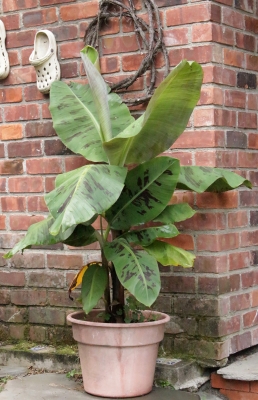
Banana plant in summer
But mind you, I was not growing this plant only for show. I also wanted to harvest bananas. In the warm tropics, bananas fruit when they are only ten to fifteen months old; in a warm greenhouse, plants fruit in two or three years; in my sixty to seventy degree, sometimes colder, house . . . well, fruit was a goal, but I was in no particular hurry. Read more

